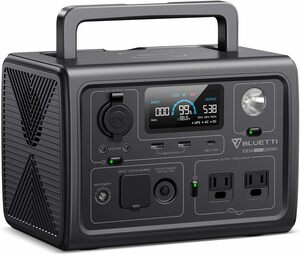Solving WiRES-X ISP Connection Problems
If you want to set up an HRI-200 on Starlink, AT&T, or use you phone as a hotspot, there’s a problem. You need to open incoming ports and that can’t be done in many cases. The answer is to use a VPN to tunnel past your ISP to the raw Internet. One solution for some carriers is to use the PDN mode which does not require incoming ports to be open. But that may still not work.
The other problem is we’re running out of IPv4 space. New ISPs, such as Starlink, don’t have a lot of IPv4 addresses. IPv6 solves this problem plus many others. Thus it’s no problem for each ISP subscriber to have thousands of unique IPv6 addresses. Unfortunately the WiRES-X software DOES NOT support IPv4. At all. IPv6 will become more and more dominant and this will just become a bigger problem.
If you set up a PDN (no HRI-200), a commercial VPN will work well. With a VPN, your IPv4 traffic will be sent in an IPv6 tunnel. At both ends, your node and the Internet, IPv4 addresses will be used. This works because PDN does not require any incoming ports to be open. It may be that Starlink provides this service automatically. Don’t know.
If you use an HRI-200 then YOU NEED to open an incoming port. Most every commercial VPN does not permit assigning specific ports for incoming traffic. This is because they will share a single IPv4 address between dozens of subscribers. A couple of VPN providers do permit this. I have used Golden Frog’s VyprVPN in the past for this purpose. VyprVPN is a “high end” VPN service and will cost you quite a bit more than free or low-cost VPNs ($60/yr). You’ll need to turn off the NAT firewall so make sure your exposed computer is well protected! This will give you complete, unfiltered access to the Internet – something you can’t get with your ISP!
